The differences between Canadian and American Thanksgiving
Thanksgiving is a cherished holiday, celebrated with gusto on both sides of the North American border. Yet, despite sharing a name, Canada’s and the United States’ Thanksgivings have their own unique flavors.
From historical roots to modern-day traditions, these two celebrations offer a glimpse into the cultural nuances of each nation. Join us as we explore the delightful differences that make each Thanksgiving distinct yet equally heartwarming.
Historical Origins: Different Roots
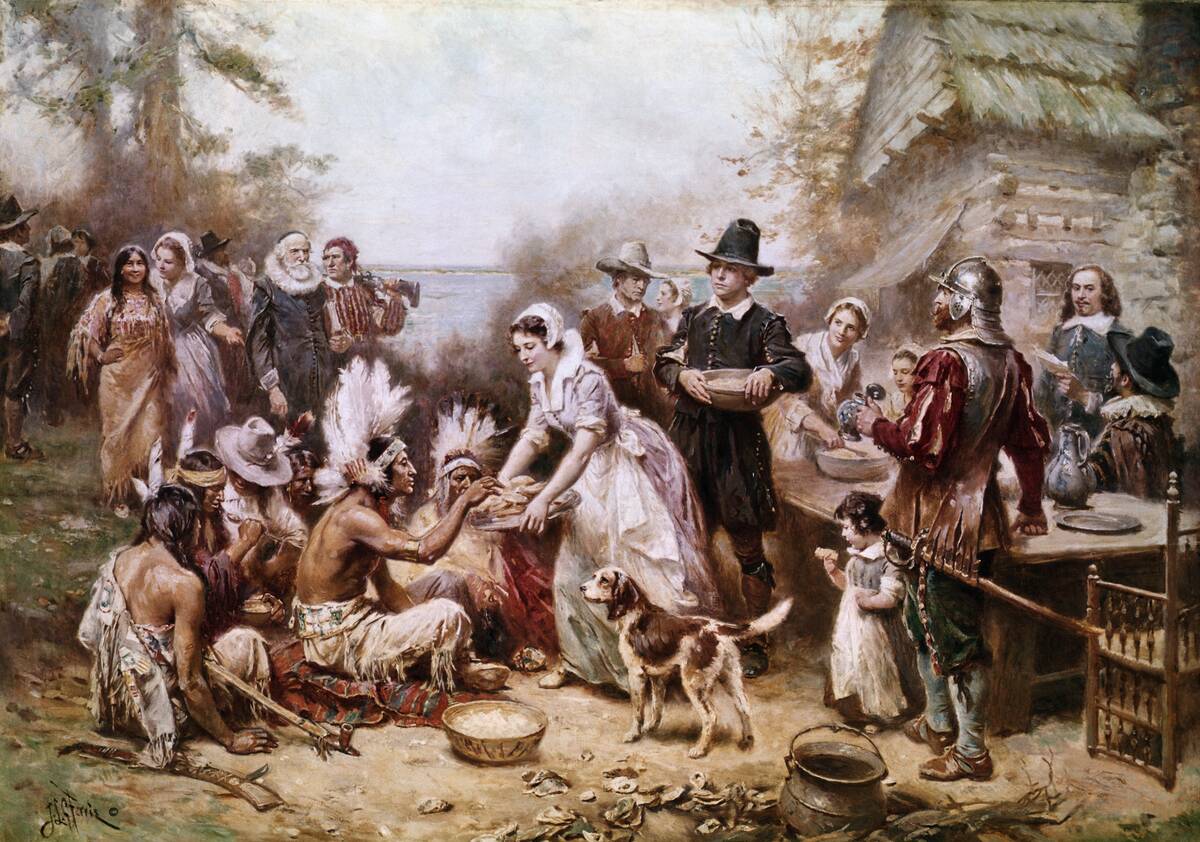
The origins of Thanksgiving in Canada and the United States are as diverse as the landscapes they inhabit. Canada’s Thanksgiving can be traced back to 1578 when English explorer Martin Frobisher held a ceremony to give thanks for surviving the long journey through the Northwest Passage.
Meanwhile, the United States’ Thanksgiving roots lie in the 1621 feast shared between the Pilgrims and the Wampanoag people in Plymouth. These varied beginnings highlight the different journeys and experiences of early settlers.
The Pilgrims vs. Martin Frobisher

The Pilgrims and Martin Frobisher lived in different times, but their stories are united by themes of survival and gratitude. Frobisher’s Thanksgiving was a ceremony of thanks for his safe arrival in Newfoundland, while the Pilgrims’ celebration was a harvest festival.
These narratives, though originating from different motivations, have both evolved into national holidays that emphasize thankfulness and community in their respective countries.
Timing is Everything: October vs. November
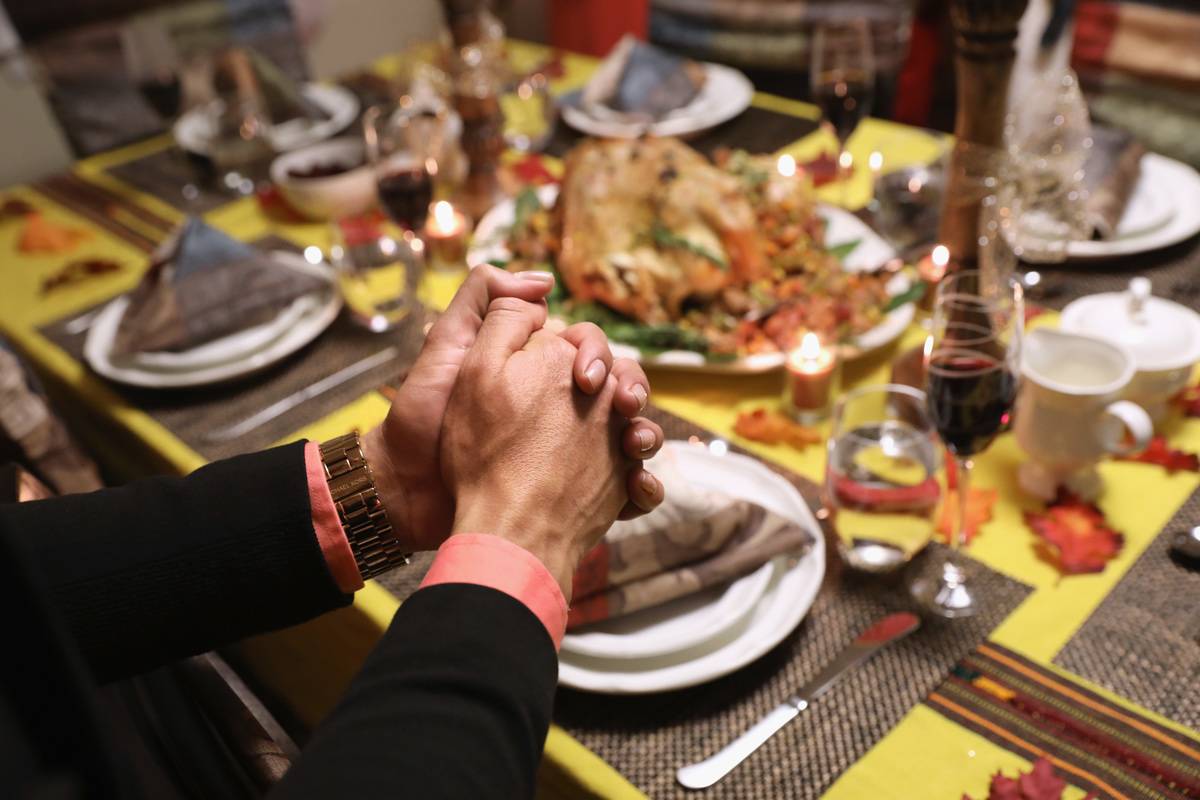
The timing of Thanksgiving in Canada and the U.S. reflects their differing climates and agricultural cycles. Canadians celebrate Thanksgiving on the second Monday of October, aligning with the earlier harvest season in the northern climate.
In contrast, the United States marks the fourth Thursday of November, a time when autumn is in full swing. These dates not only reflect the weather but also influence the way each country celebrates its Thanksgiving traditions.
The Story Behind the Dates: Harvest vs. Survival
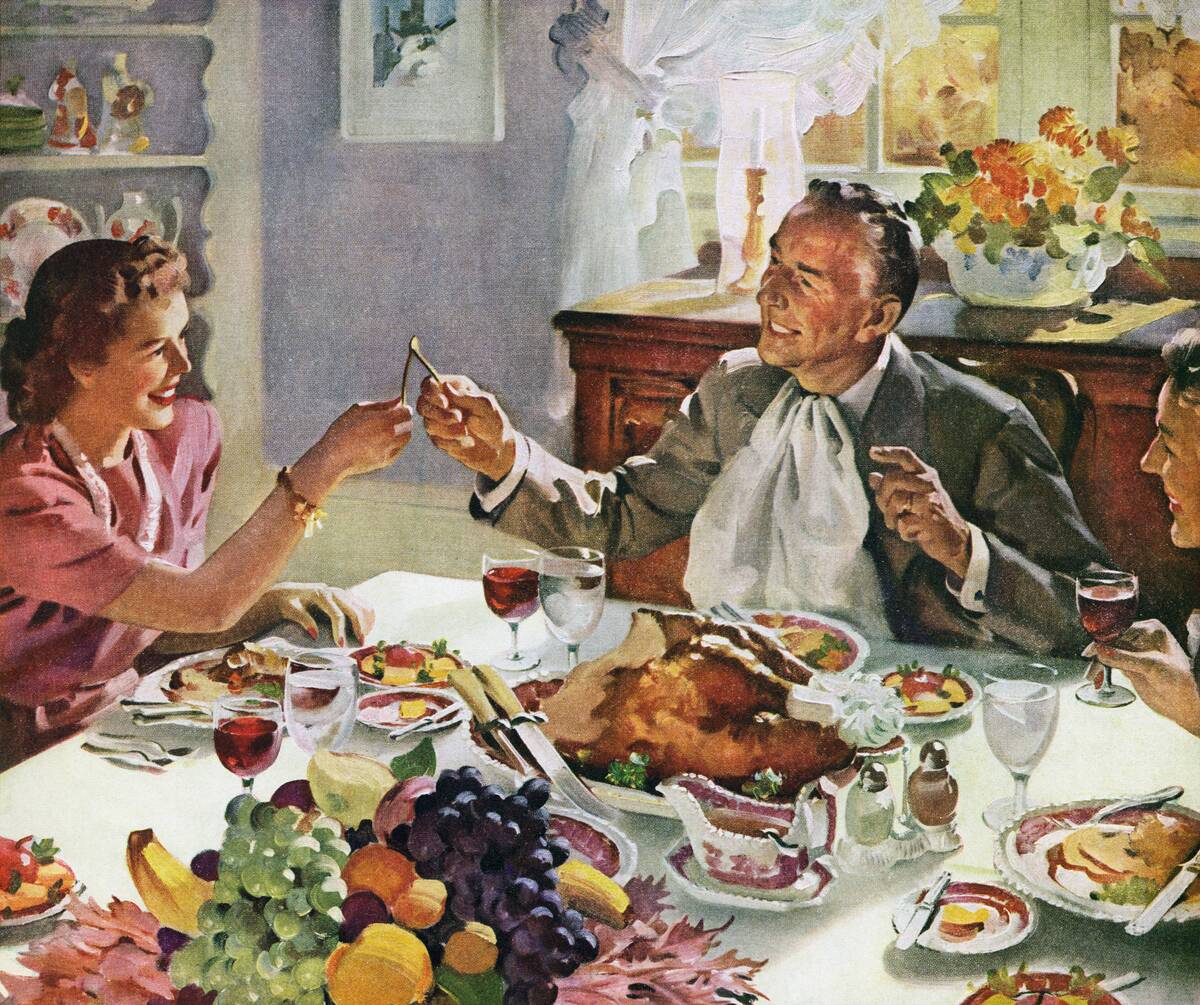
In Canada, Thanksgiving is closely tied to the harvest season, a time to celebrate the bounty of the land. The earlier celebration in October allows Canadians to enjoy the fruits of their labor while the weather is still pleasant.
On the other hand, the U.S. Thanksgiving date is rooted in the Pilgrims’ story of survival and cooperation with Indigenous peoples, marking a later time in the year. These distinctions offer insights into what each country values during this festive time.
Turkey Talk: Similar Menu, Different Traditions

Turkey may be the star of the show at both Canadian and American Thanksgivings, but the accompanying traditions and side dishes can differ. While both countries enjoy staples like stuffing and cranberry sauce, regional specialties add a unique twist.
Canadians might enjoy butter tarts alongside pumpkin pie, while Americans may serve green bean casserole. These variations highlight the regional flavors and culinary heritage that each country brings to the Thanksgiving table.
Regional Culinary Twists: Poutine or Pumpkin Pie?
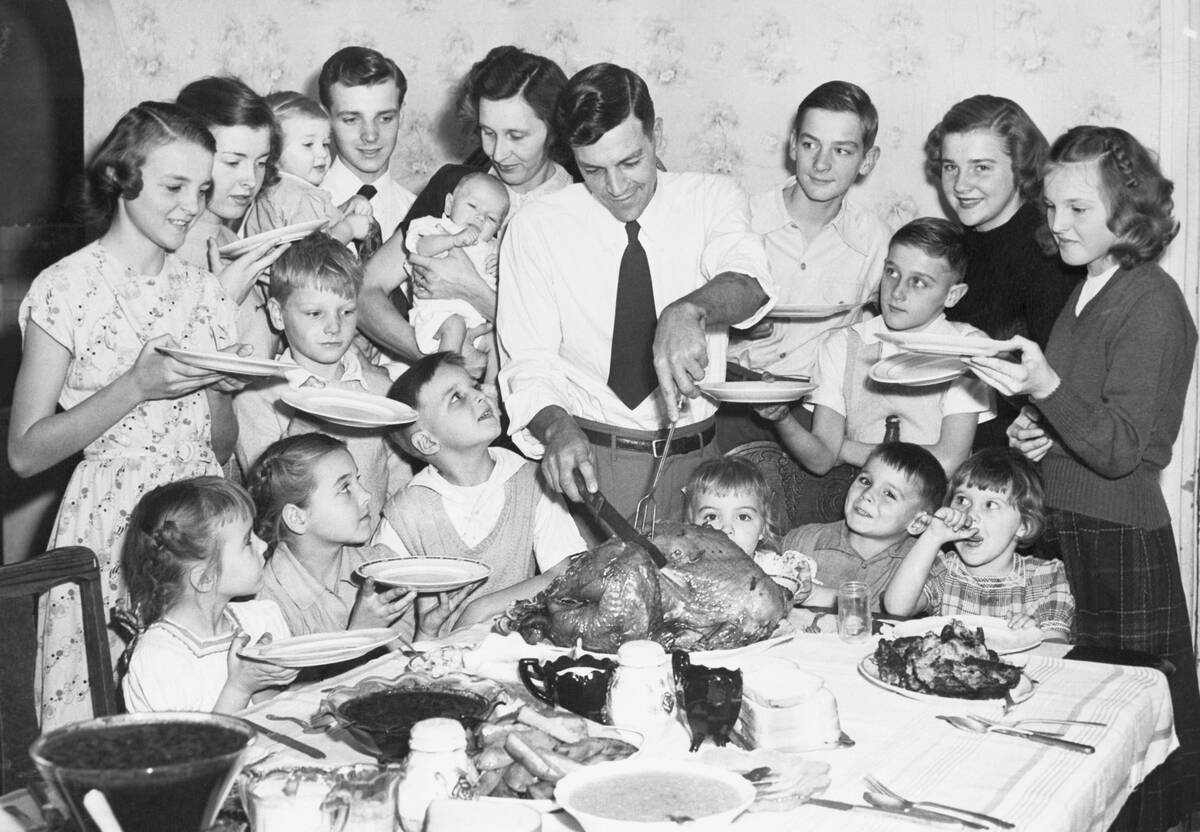
Culinary traditions during Thanksgiving can vary widely even within each country. In Canada, you might find a delicious plate of poutine alongside the standard Thanksgiving fare, a nod to the beloved French-Canadian dish.
Meanwhile, in the U.S., pumpkin pie is a must-have dessert, emblematic of the fall harvest. These regional specialties add a delicious layer of diversity to the Thanksgiving experience, making each celebration unique in its own way.
Festivities and Parades: How They Celebrate
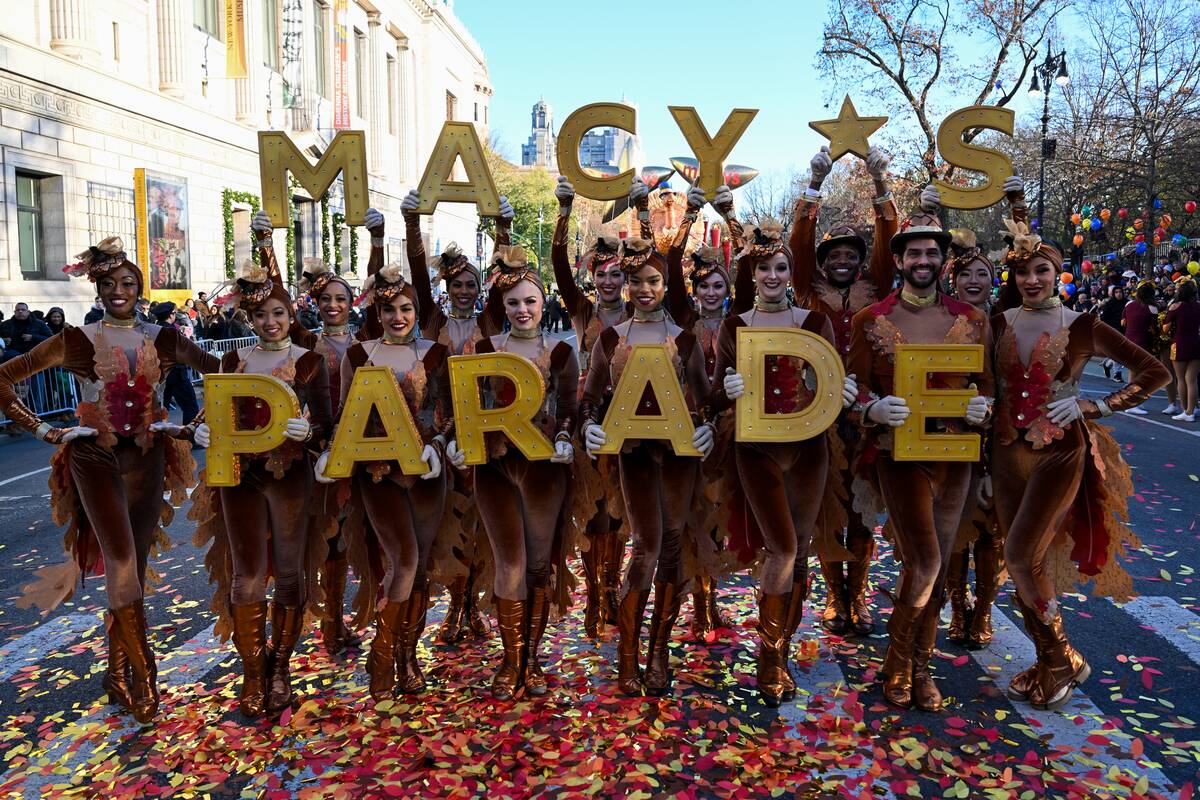
Thanksgiving parades are a highlight in both countries, though they vary in style and scale. In Canada, cities like Kitchener-Waterloo host vibrant parades with local flair, while the U.S. boasts the grand Macy’s Thanksgiving Day Parade in New York City, complete with giant balloons and celebrity performances.
These festivities bring communities together, showcasing the spirit of Thanksgiving through music, dance, and the joyous gathering of people.
The Role of Football: CFL vs. NFL

Football is as much a Thanksgiving tradition as turkey, but the games differ north and south of the border. In Canada, the Canadian Football League (CFL) hosts the Thanksgiving Day Classic, a much-anticipated event that features thrilling matchups.
Meanwhile, in the U.S., NFL games dominate the day, with iconic teams taking the field for Thanksgiving showdowns. These games provide a perfect backdrop for family gatherings, filled with excitement and friendly rivalry.
Family Gatherings: A Cross-border Comparison
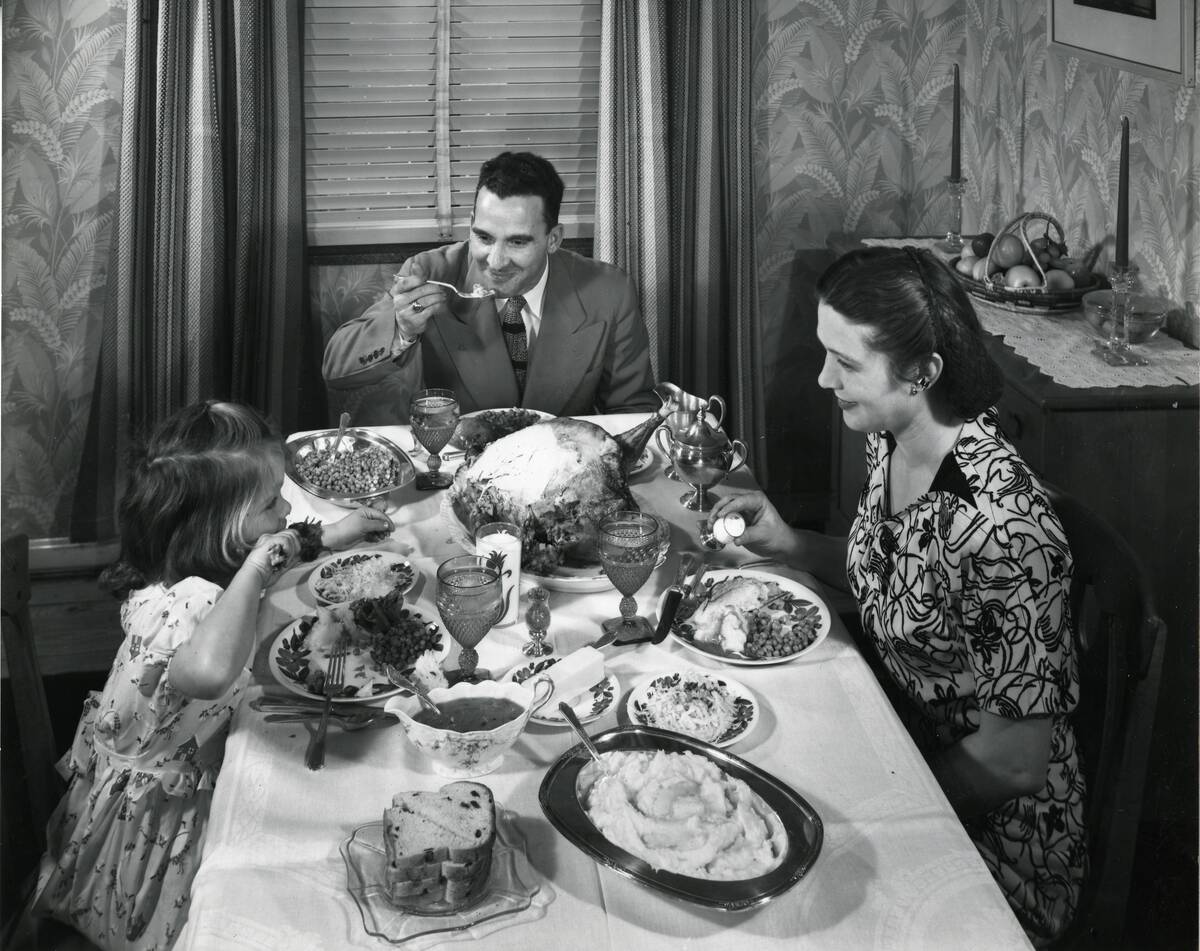
Family gatherings are at the heart of Thanksgiving celebrations in both countries, though the dynamics may differ. Canadian families often enjoy a long weekend together, filled with outdoor activities and cozy dinners.
In the United States, extended family reunions are common, with some people traveling long distances to be with loved ones. These gatherings, whether large or small, are a testament to the importance of family bonds and shared traditions during this festive season.
Long Weekends: Extra Day Off or Not?

In Canada, Thanksgiving provides a much-appreciated long weekend, with the holiday falling on a Monday, giving families an extra day to relax and enjoy each other’s company. In contrast, the U.S. Thanksgiving is on a Thursday, often leading to a four-day weekend for those who can take Friday off.
These differing schedules affect travel plans, family activities, and the overall pace of the holiday, contributing to the unique rhythm of Thanksgiving in each country.
Official Holidays: Statutory Differences
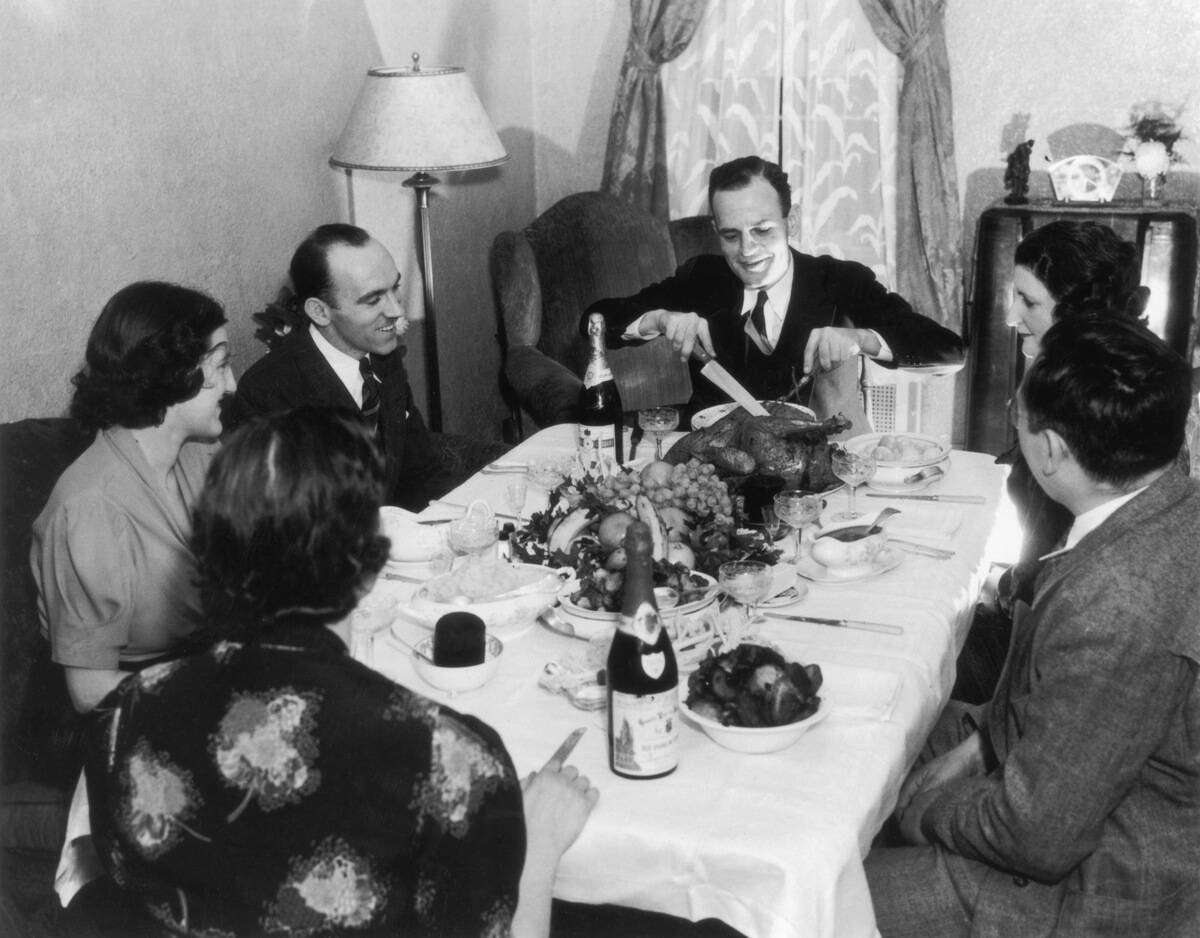
Thanksgiving’s status as an official holiday varies between Canada and the U.S. In Canada, Thanksgiving is a statutory holiday in most provinces, though not in others like Atlantic Canada, where it is optional.
In the United States, Thanksgiving is a federal holiday, observed nationwide with businesses and schools closing for the day. These statutory differences reflect the varied emphasis placed on the holiday, influencing how people celebrate and the importance it holds in each country.
Cultural Significance: Thankfulness in Context
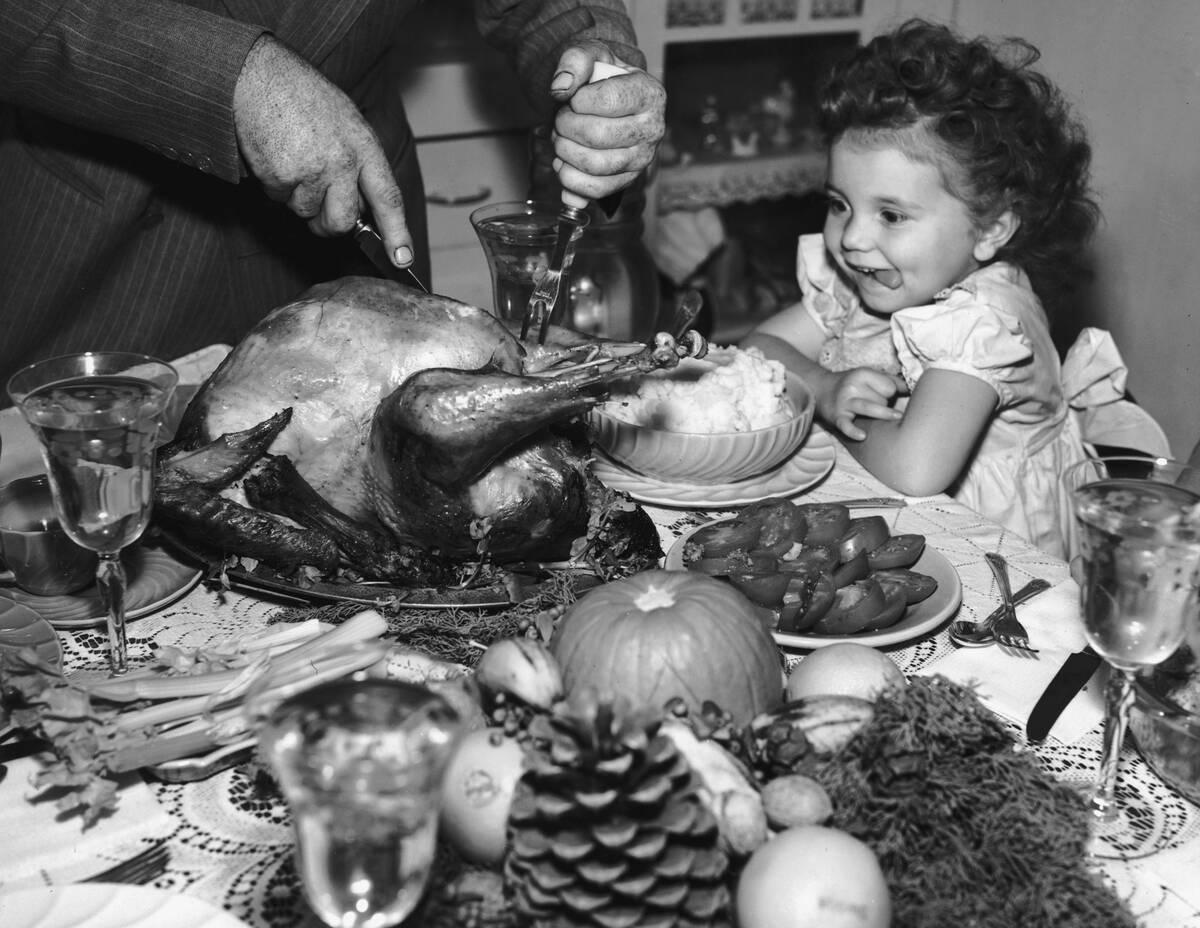
The cultural significance of Thanksgiving transcends borders, yet the context differs. In Canada, the holiday is a time to express gratitude for the harvest and the blessings of the past year.
In the U.S., Thanksgiving often incorporates reflections on the historical Pilgrim-Indian relationship, emphasizing themes of unity and gratitude. Despite these contextual differences, both celebrations focus on thankfulness, bringing people together in a shared spirit of appreciation and goodwill.
Shopping Frenzy: Black Friday vs. Canadian Calm
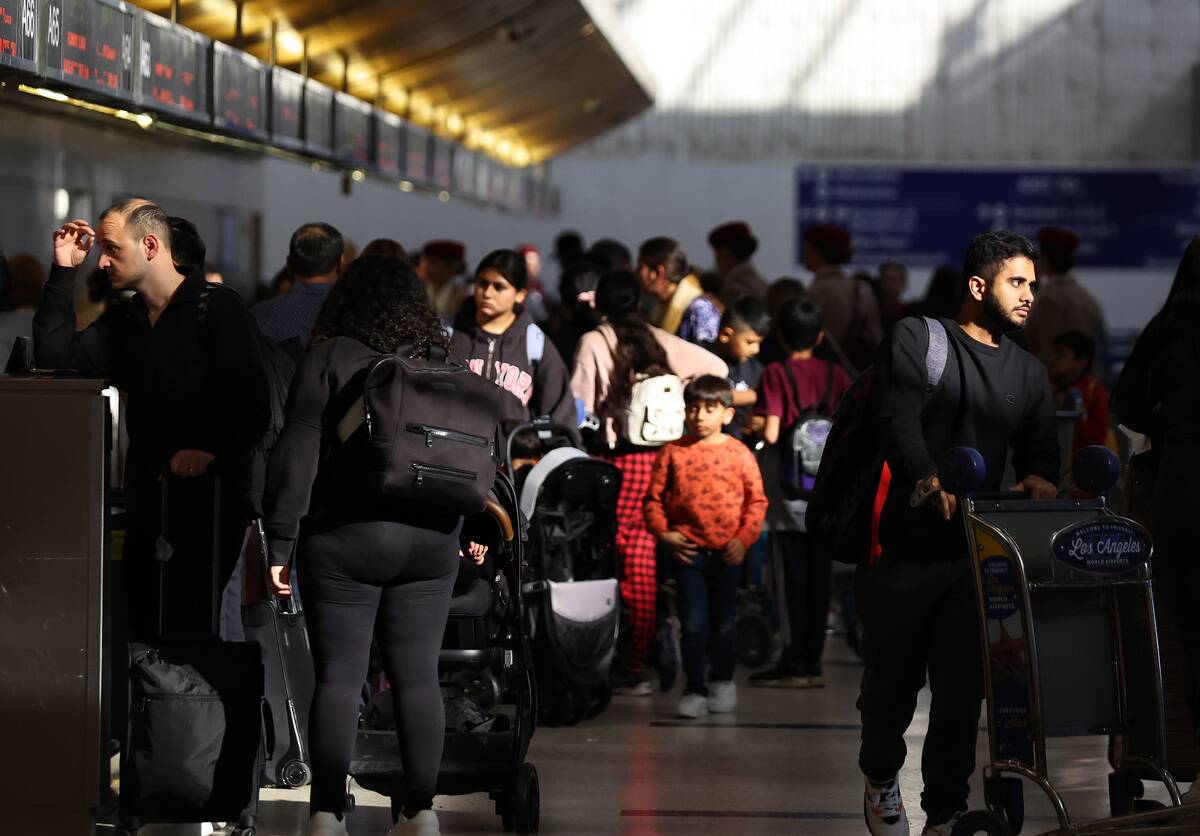
The day after Thanksgiving marks the start of the holiday shopping season, but the approach varies greatly. In the U.S., Black Friday is synonymous with crowds, deals, and the rush to grab bargains, kicking off a shopping frenzy.
Meanwhile, Canadians enjoy a calmer post-Thanksgiving period, with less emphasis on retail madness. This contrast highlights differing consumer cultures and the varying importance placed on shopping as part of the Thanksgiving tradition.
Indigenous Acknowledgments: Different Approaches
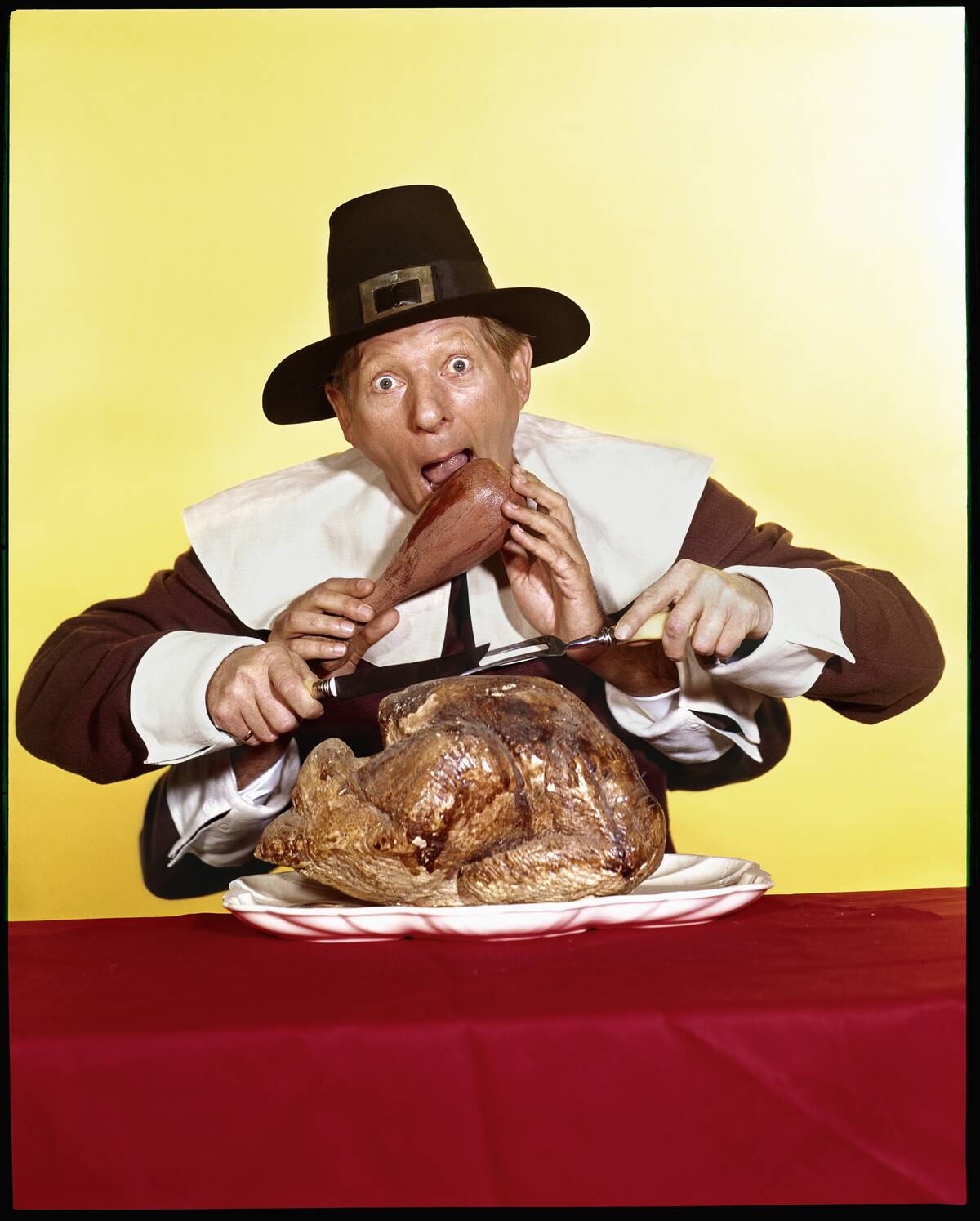
Acknowledging Indigenous peoples is an important aspect of Thanksgiving, though approaches differ. In Canada, there is a growing emphasis on recognizing the land’s original inhabitants and their contributions, often through land acknowledgments and educational initiatives.
In the U.S., Thanksgiving can be a time to reflect on the complex history between Pilgrims and Indigenous peoples, with some using the day for activism and awareness. These approaches highlight the evolving understanding and respect for Indigenous cultures and histories.
Weather and Seasonality: Fall Foliage or Frosty Air?
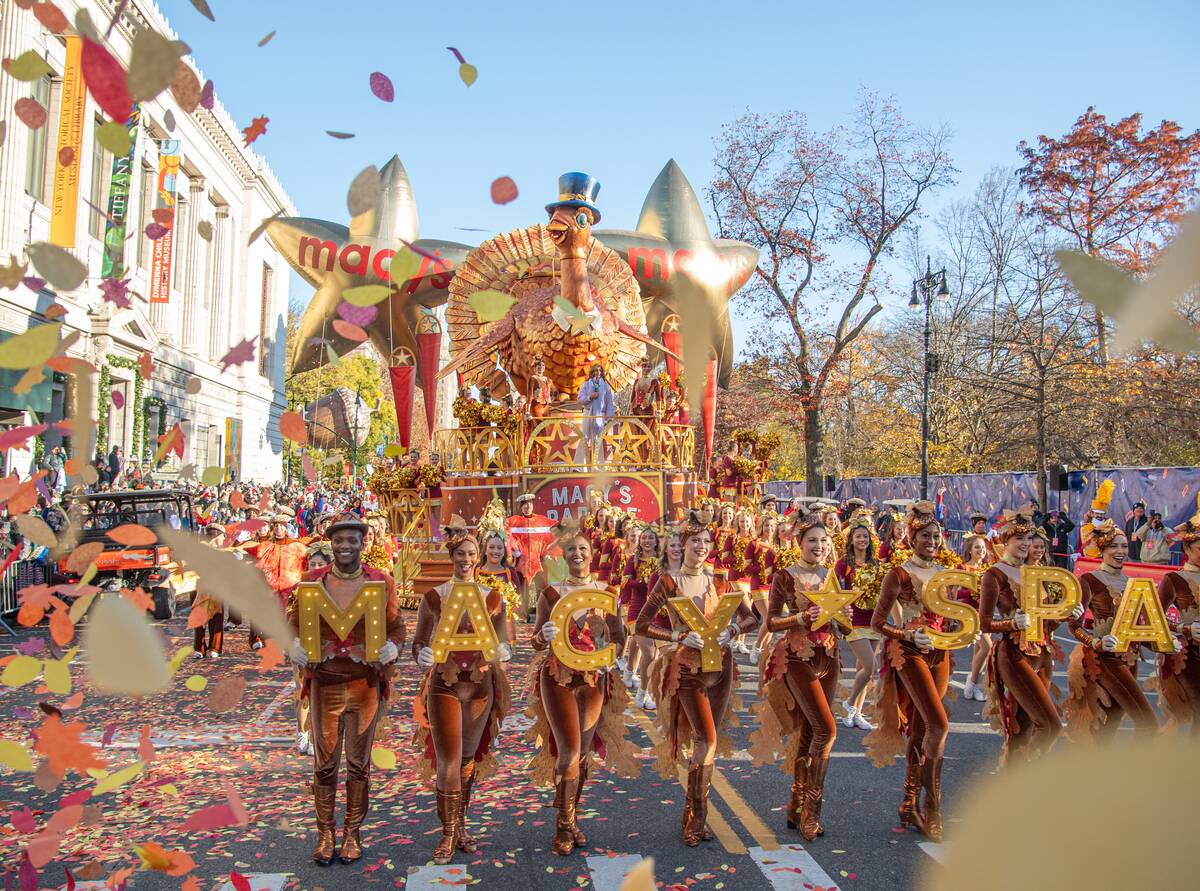
Weather plays a significant role in shaping Thanksgiving experiences, with each country offering its own seasonal charm. In Canada, the October celebration often coincides with stunning fall foliage, making for picturesque outdoor gatherings.
In contrast, Americans celebrate in late November, when the weather can range from crisp autumn air to the first chill of winter. These seasonal differences influence activities, from outdoor hikes to cozy indoor feasts, adding a unique flavor to each country’s Thanksgiving.
Cross-border Influences: Blending Traditions
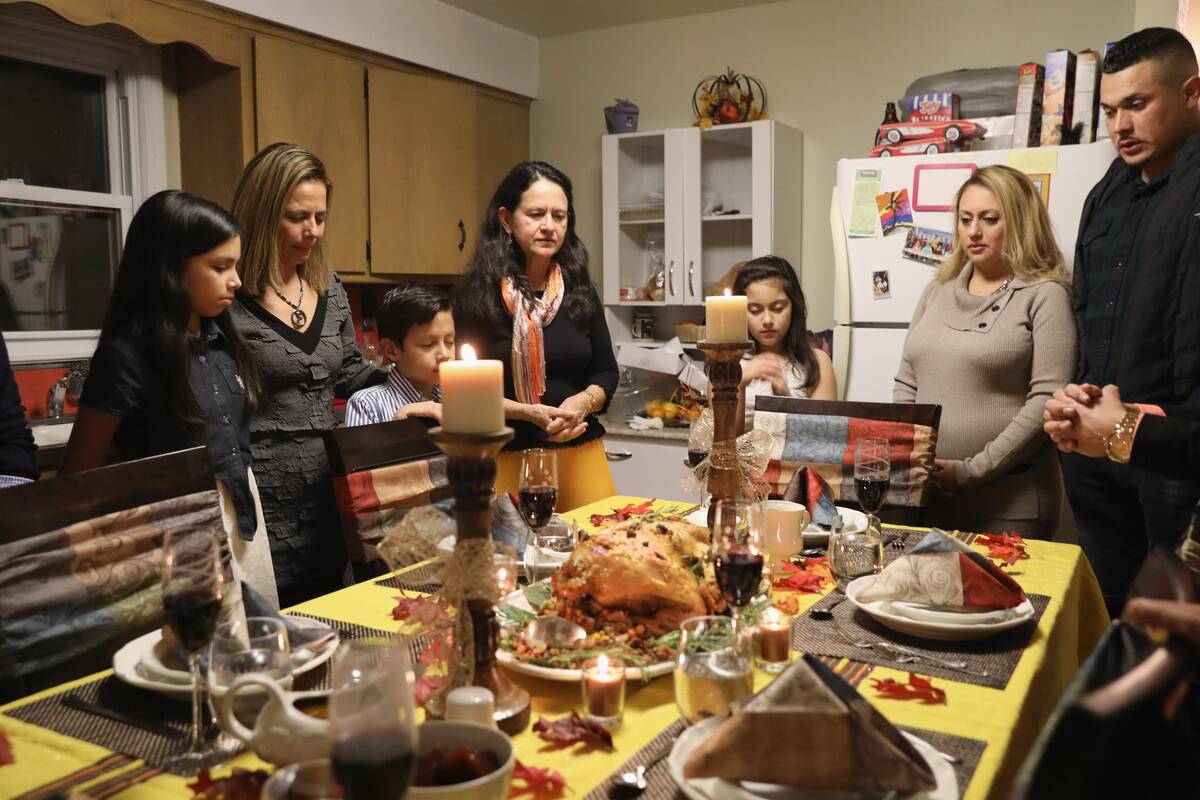
Cross-border influences have led to a blending of Thanksgiving traditions, as families and friends share their customs. Some Canadians have adopted the American Black Friday shopping tradition, while some Americans are intrigued by Canada’s earlier celebration.
This cultural exchange enriches the holiday experience, allowing people to discover new ways to celebrate and appreciate Thanksgiving’s universal themes of gratitude, family, and togetherness. The result is a beautiful tapestry of traditions that transcends borders.



